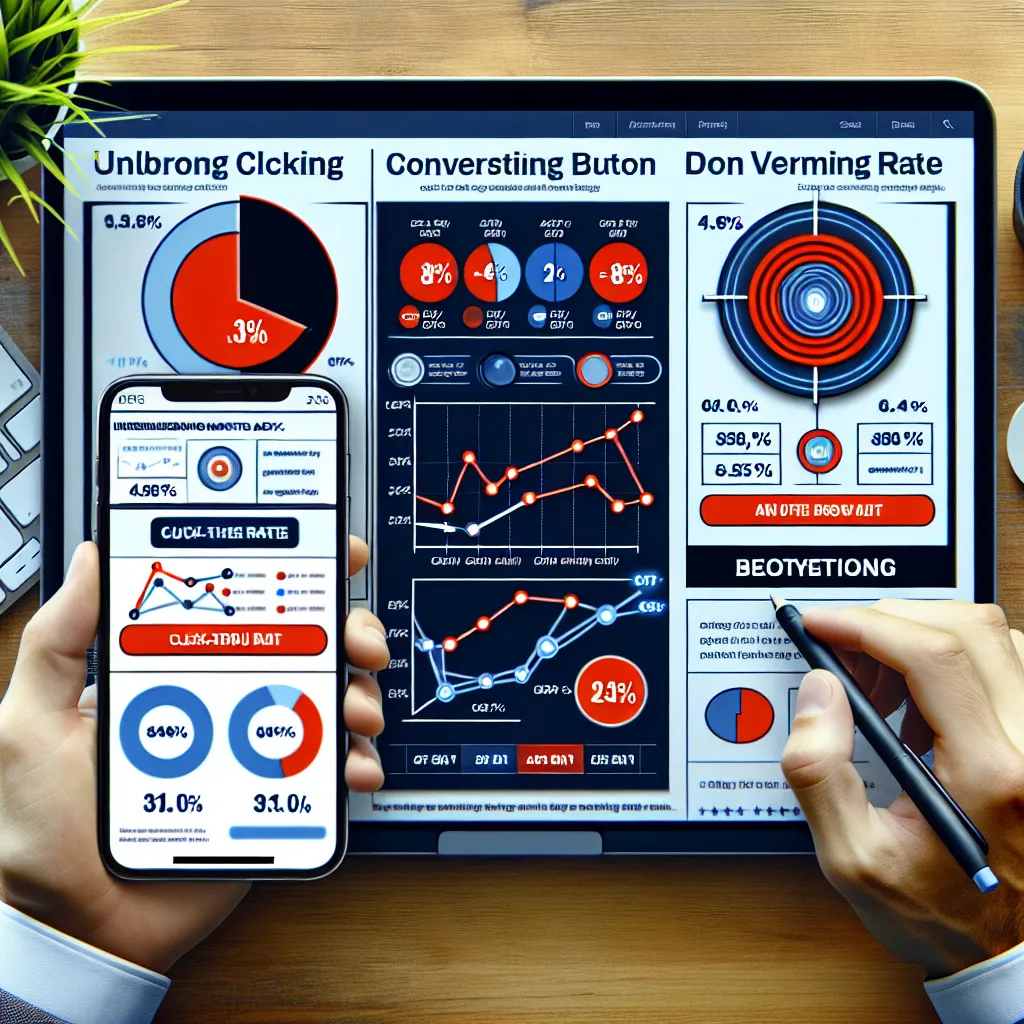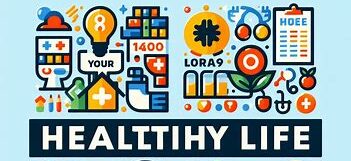In the world of marketing, A/B testing plays a crucial role in optimizing strategies and maximizing results. By conducting controlled experiments, businesses can gain valuable insights into consumer behavior and preferences. This data-driven approach allows marketers to make informed decisions, leading to more effective campaigns and higher conversion rates. Analyzing the results of A/B tests and implementing changes based on those findings is essential for continuous improvement and staying ahead in the competitive market. Let’s delve deeper into the significance of A/B testing in marketing and explore the steps involved in conducting successful tests.

What is A/B Testing in Marketing?
A/B testing, also known as split testing, is a method used in marketing to compare two versions of a webpage, email, or advertisement to determine which one performs better. This testing method allows marketers to make data-driven decisions by testing different elements and analyzing the results to optimize their campaigns for maximum effectiveness.
⚙️ How does A/B testing work?
In A/B testing, a marketer creates two versions of a marketing asset, such as a landing page or email, with one key difference between them. This difference could be the color of a call-to-action button, the placement of an image, or the wording of a headline. The two versions, Version A and Version B, are then shown to separate groups of users randomly. By tracking user behavior, such as click-through rates or conversion rates, marketers can determine which version is more successful in achieving the desired outcome.
📊 Why is A/B testing important?
A/B testing is crucial in marketing because it allows marketers to understand what resonates with their audience and what drives them to take action. By testing different elements, marketers can uncover valuable insights about consumer preferences and behavior, leading to more effective marketing strategies. Additionally, A/B testing helps minimize risks by allowing marketers to make informed decisions based on concrete data rather than assumptions or guesswork.
🔬 What can be tested in A/B testing?
Almost any element of a marketing campaign can be tested using A/B testing. This includes headlines, images, call-to-action buttons, email subject lines, ad copy, and even the layout of a webpage. By testing these elements one at a time, marketers can identify which changes have the most significant impact on performance and focus their efforts on optimizing those aspects for better results.
💡 Best practices for A/B testing
To ensure accurate and reliable results, it is essential to follow best practices when conducting A/B tests. This includes defining clear objectives, testing one variable at a time, using a large enough sample size, and running tests for a sufficient duration to capture meaningful data. It’s also important to analyze the results carefully and draw actionable insights to inform future marketing strategies.
In conclusion, A/B testing is a powerful tool in the marketer’s arsenal for optimizing campaigns and improving performance. By testing, analyzing, and iterating based on data-driven insights, marketers can drive better results and achieve their marketing goals more effectively.
Why Use A/B Testing for Optimization?
A/B testing, also known as split testing, is a crucial tool in the world of marketing and optimization. It allows businesses to compare two versions of a webpage or app to determine which one performs better in terms of achieving a specific goal. By randomly showing these different versions to users and analyzing the results, companies can make data-driven decisions to improve their conversion rates, user engagement, and overall performance.
A/B Testing Provides Concrete Evidence
A/B testing provides concrete evidence of what works and what doesn’t. Instead of relying on guesswork or gut feelings, businesses can rely on actual data to guide their optimization strategies. This leads to more effective and efficient marketing campaigns, as decisions are based on real user behavior rather than assumptions.
Isolating Impact of a Single Variable
One of the key benefits of A/B testing is the ability to isolate the impact of a single variable. By changing one element at a time, such as a call-to-action button or headline, businesses can accurately measure the impact of that change on user behavior. This level of granularity allows for precise optimization and fine-tuning of marketing efforts.
Promoting Continuous Improvement
A/B testing also promotes a culture of continuous improvement within an organization. By constantly testing and iterating on different elements, companies can stay ahead of the competition and adapt to changing market trends. This iterative approach fosters innovation and ensures that businesses are always striving to provide the best possible user experience.
Driving Measurable Results
Furthermore, A/B testing can lead to significant improvements in key metrics such as conversion rates, click-through rates, and revenue. Even small changes based on test results can have a big impact on the bottom line, making A/B testing a valuable tool for maximizing ROI and driving business growth.
In conclusion, A/B testing is a powerful technique for optimization that offers tangible benefits for businesses of all sizes. By leveraging data-driven insights, isolating variables, fostering a culture of continuous improvement, and driving measurable results, A/B testing plays a crucial role in the success of modern marketing strategies. Embracing this testing methodology is essential for staying competitive in today’s fast-paced digital landscape.
Steps to Conduct A/B Tests
Are you ready to optimize your marketing strategies through A/B testing? Let’s dive into the essential steps to conduct A/B tests effectively and efficiently! 🚀
1. Define Your Goals 🎯
Before starting an A/B test, clearly define your goals. Whether it’s increasing click-through rates, improving conversion rates, or enhancing user engagement, having specific goals will guide your testing process.
2. Create Hypotheses 🤔
Formulate hypotheses based on your goals. Identify elements on your website or marketing materials that you believe can be optimized to achieve those goals. For example, changing the color of a call-to-action button or revising the headline of an email campaign.
3. Split Your Audience 🧑🤝🧑
Divide your audience into two groups: the control group and the test group. The control group will experience the current version (A), while the test group will see the modified version (B). Ensure the groups are randomly selected to avoid bias.
4. Implement the Test 🛠️
Launch your A/B test and monitor the results closely. Use reliable A/B testing tools to track key metrics such as conversion rates, bounce rates, and engagement levels. Run the test for a sufficient duration to gather statistically significant data.
5. Analyze the Results 📊
Once the test is complete, analyze the data to determine which version performed better. Look for statistically significant differences between the control and test groups. Consider factors like conversion rates, engagement metrics, and overall user experience.
6. Draw Conclusions and Take Action 📈
Based on the results of the A/B test, draw conclusions about which version was more effective in achieving your goals. Implement the winning version as the new standard and continue to iterate and test for further optimization.
By following these steps to conduct A/B tests, you can make data-driven decisions to enhance your marketing strategies and drive better results. Start testing today and unlock the potential for continuous improvement in your marketing efforts! 💡
Analyzing Results and Implementing Changes
After conducting an A/B test to optimize our marketing strategies, it is crucial to carefully analyze the results and implement necessary changes to enhance performance. By diving deep into the data collected during the test, we can gain valuable insights into consumer behavior and preferences, allowing us to make informed decisions moving forward. 📊💡
Key Metric: Conversion Rate
One key metric to focus on is the conversion rate, which indicates the percentage of users who took a desired action, such as making a purchase or signing up for a service. By comparing the conversion rates of the control group (A) and the variant group (B), we can determine which version performed better and drove more conversions. This information is vital in understanding which elements of the marketing campaign resonated with the audience and which ones may need improvement. 📈💰
In addition to conversion rates, it is essential to analyze other relevant metrics such as click-through rates, bounce rates, and engagement levels. These metrics provide a comprehensive view of how users interacted with the different versions of the marketing materials and can offer valuable insights into user preferences and behavior patterns. By looking at these metrics in conjunction with the conversion rates, we can paint a complete picture of the test results and identify areas for optimization. 🖥️🔍
Once we have thoroughly analyzed the results of the A/B test, it is time to implement changes based on our findings. This may involve tweaking elements of the marketing campaign such as the call-to-action, imagery, messaging, or targeting criteria. By making data-driven decisions and iterating on our strategies, we can continuously improve the effectiveness of our marketing efforts and drive better results. 🎯✨
Furthermore, it is important to document the changes made and track the performance of the updated marketing materials. By monitoring key metrics post-implementation, we can assess the impact of the changes and make further adjustments as needed. This iterative process of testing, analyzing, and implementing changes is essential for optimizing marketing campaigns and maximizing ROI. 💼🚀
In conclusion, analyzing the results of an A/B test and implementing changes based on data-driven insights is crucial for optimizing marketing strategies and driving better results. By leveraging the power of data and continuously iterating on our approaches, we can stay ahead of the curve and ensure our marketing efforts are effective and efficient. Let’s embrace the process of testing and learning to achieve success in our marketing endeavors! 🌟📈
A/B testing in marketing is a powerful tool for optimizing strategies and maximizing results. By comparing two versions of a marketing element, businesses can determine which one performs better and make data-driven decisions for future campaigns. This method allows for continuous improvement and refinement, ensuring that resources are allocated effectively and goals are met efficiently. Implementing A/B testing as part of a comprehensive marketing strategy is essential for staying competitive in today’s fast-paced digital landscape. It provides valuable insights into consumer behavior, preferences, and trends, enabling companies to adapt quickly and stay ahead of the curve. In conclusion, A/B testing is a cornerstone of successful marketing optimization, offering a systematic approach to achieving and exceeding business objectives.





